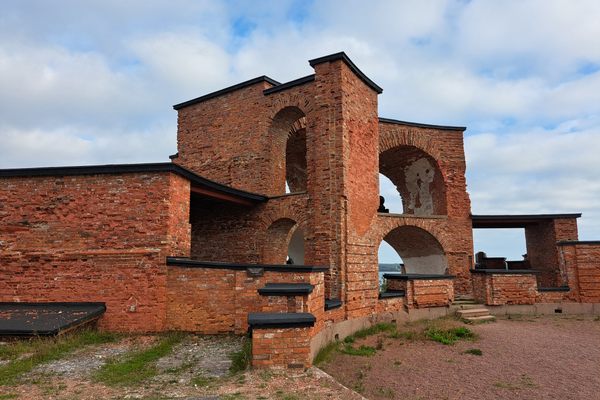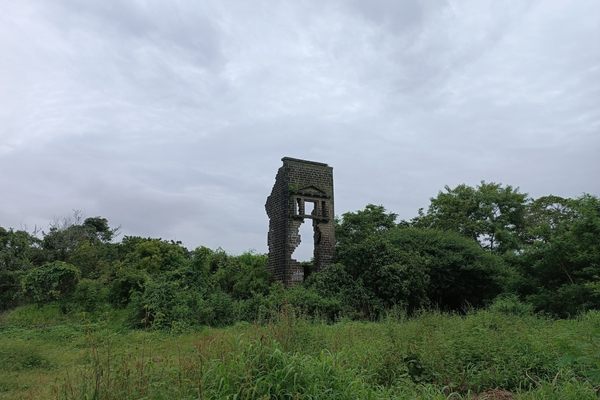Twyfelfontein
Ancient artists in the middle of nowhere.
People have inhabited Twyfelfontein for the last 6000 years, and inscribed their otherwise lost history across the walls of caves, cliffs and hundreds of sandstone rocks.
Twyfelfontein, in Afrikaans, means uncertain spring, and the word perfectly sums up the area’s vicious climate. Hot and arid, the region receives only 6 inches of rain per year, making it as close to being desert without an official classification. Still, for the last 6000 years, stone-age hunter-gatherers and later Khoikhoi herders have occupied the area and left their mark.
First reported in 1921, the carvings have since drawn the attention of the world community in their alien depictions of rituals, and life in the far reaches before the common era. Glazed over with years of brown-orange desert varnish, many of the engravings depict animals, early humans and bizarre fantasy creatures. Along with the classic engravings, there is also some evidence of everyday life in the carvings, as small indentations in the rocks indicate the playing of games and use of stones for tools.
Connecting the site to the modern age, the carvings show human life from millennia ago. Despite their initial strangeness, the carvings linearly display changes in human appearance, behavior and thought over our dynamic history and remind us that in the grand scheme of earth’s lifespan, 6000 years isn’t that long.

















Follow us on Twitter to get the latest on the world's hidden wonders.
Like us on Facebook to get the latest on the world's hidden wonders.
Follow us on Twitter Like us on Facebook